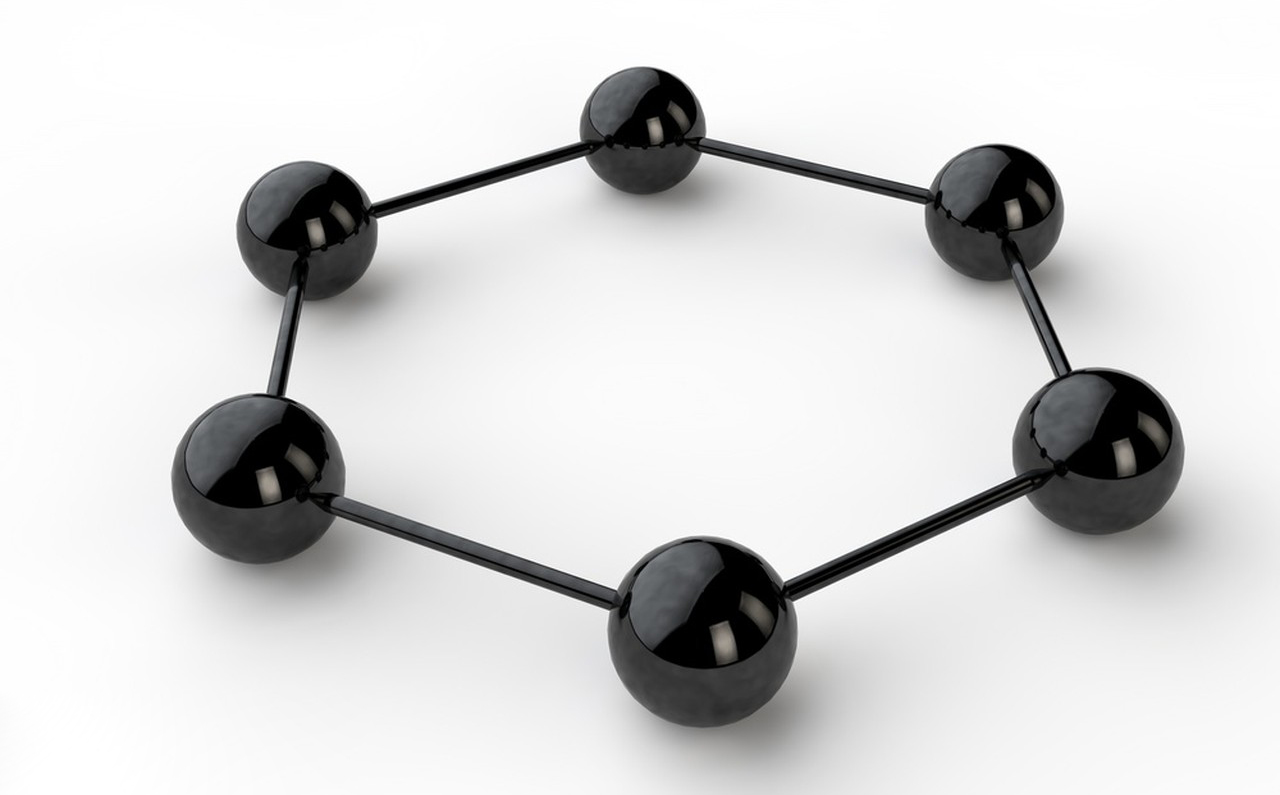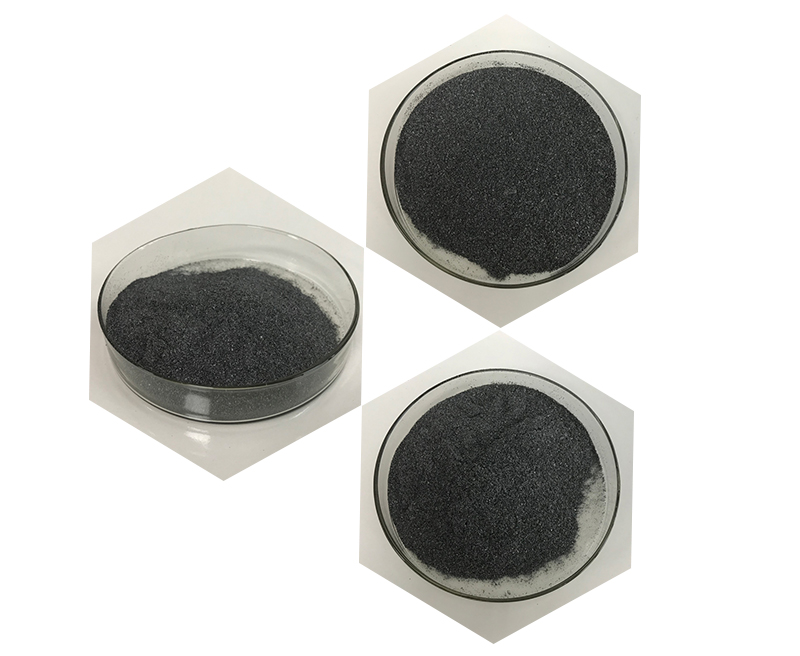Graphene is a single layer of carbon atoms arranged in a hexagonal lattice, and it has unique electronic, mechanical, and thermal properties. The materials and methods used in the production and study of graphene include:
1.Synthesis Methods:
a. Mechanical Exfoliation (Scotch Tape Method): Invented by Andre Geim and Konstantin Novoselov, it involves repeatedly peeling layers of graphene from graphite using adhesive tape.
b. Chemical Vapor Deposition (CVD): In this method, a carbon-containing gas is decomposed on a metal substrate at high temperatures, forming a graphene layer.
c. Liquid Phase Exfoliation: Involves breaking down graphite into graphene flakes in a liquid medium through sonication or other mechanical methods.
d. Epitaxial Growth: Involves growing graphene layers on a crystalline substrate through the deposition of carbon atoms.

2.Characterization Techniques:
a. Scanning Tunneling Microscopy (STM): Provides high-resolution images of the atomic structure of graphene.
b. Raman Spectroscopy: Used to analyze the vibrational modes of graphene and identify its structural characteristics.
c. Transmission Electron Microscopy (TEM): Provides detailed images of the graphene structure at the atomic level.
d. X-ray Photoelectron Spectroscopy (XPS): Used to analyze the elemental composition and chemical state of graphene.
3.Transfer Techniques:
a. Polymer-Assisted Transfer: Involves using a polymer film to transfer graphene from a growth substrate to a target substrate.
b. Wet Chemical Transfer: Involves the use of a liquid medium to facilitate the transfer of graphene.
4.Functionalization Methods:
a. Chemical Functionalization: Involves introducing functional groups to modify graphene’s properties.
b. Non-covalent Functionalization: Involves adsorbing molecules onto the graphene surface without breaking carbon-carbon bonds.

5.Applications:
a. Electronics: Graphene is used in the development of high-speed transistors, flexible electronics, and conductive inks.
b. Energy Storage: Graphene-based materials are explored for applications in supercapacitors and batteries.
c. Sensors: Graphene’s high surface area and sensitivity make it suitable for various sensor applications.
d. Materials Science: Graphene is incorporated into composites to enhance mechanical and thermal properties.
These materials and methods contribute to the understanding and utilization of graphene in a wide range of scientific and technological applications.
